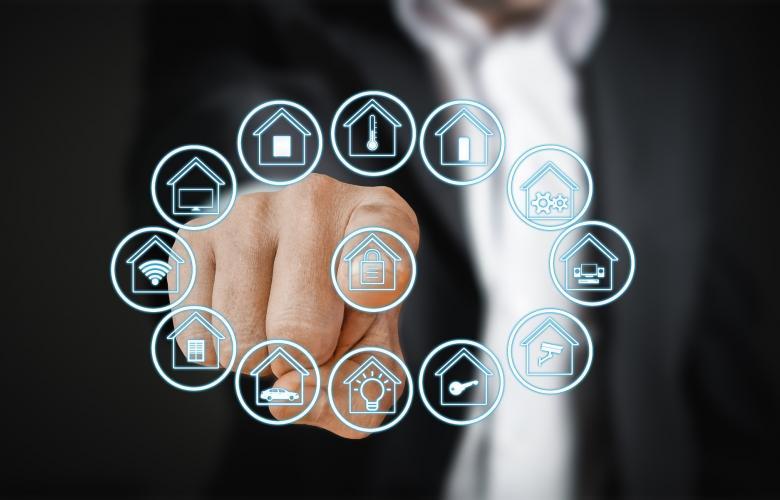A new class of Building Energy Management Systems (BEMS) driven by cloud computing and the Internet of Things (IoT) are offering comfort and optimized energy performance in new and existing buildings.
It's a market that's growing across the region according to Frost & Sullivan. In a recent report filed by The ASEAN Post, Statistics Indonesia claim Indonesia's urban population has grown by a substantial 53.5% over the past five years, the impact of which, is directly proportional to the rise in demand for both infrastructure and housing in urban spaces.
Smart Cities
As a result, Indonesia is now looking at the construction of buildings that are both energy-efficient, minimizing negative environmental impacts, and more cost-effective in both the short and long run. This is in line with a greater and more far reaching plan of establishing smart cities across the country.
Gapura Bali reported last November that Smart City initiatives were critical for Indonesia's urban growth. The 100 Smart City Movement, initiated by the Ministry of Communication and Information Technology and the Ministry of National Development Planning (BAPPENAS) hopes to bring 100 cities online by the end of next year.
In a recent interview with DataCentre Dynamics, Yudho Giri Sucahyo of the University of Indonesia, who sits on the academic advisory council of the Asia Pacific Institute for the Digital Economy, said for this to work within the time frames the government is expecting, systems powering or enabling smart cities for more than 600 regencies have to be safely ensconced within data centers.
He admitted this wasn't going to be easy as there are budgetary and infrastructural limitations to consider. But it's not impossible and the government is actively rectifying the problem.
Palapa Ring Project
The "Palapa Ring Project" for example is described by Indonesia Investments as one of Indonesia's priority infrastructure projects for the 2016-2019 period, involving an undersea fiber-optic cable network that stretches across 13,000 kilometers as well as an onshore network of nearly 22,000 kilometers.
Once finished The Palapa Ring will provide fast fiber-optic broadband internet connections in both urban and rural areas across the entire country. The West and Central sections are on target and almost 72% complete but the Eastern section is behind schedule and is just over 32% complete.
Digital Economy
It's worth noting the digital economy in Indonesia is still in its infancy. The percentage of online transactions currently sits at less than 1% of all retail transactions, said Sucahyo. However, developments such as smart cities, infrastructure projects such as Palapa Ring Project and the rise of FinTech firms could see the digital economy take off sooner rather than later.
And when that happens, expect the rise of more tech “unicorns” in Indonesia and a proliferation of apps targeted at local residents. And as the last-mile connectivity for broadband Internet access is addressed by 2025, expect demand for data centers and the cloud to “be amazing,” with correspondingly greater demand by government agencies for data centers, Sucahyo summed up.
Sources: PRNews Wire, The ASEAN Post, SEASIA, Datacentre Dynamics, Indonesia Investments, PwC
This article was previously published on Gapura Bali
Similar to this:
Solar power for the Bali Mandara Toll Road
Bank Indonesia confident Bali setting the right course for investments and growth in 2018
Smart city initiatives critical for Indonesia's urban growth









